So I spent the day in the office. When I went freelance I thought I'd be spending a lot of days working from home. It has actually been much busier than I'd envisaged, so I haven't had all that many days when I've not been going out to work elsewhere.
The way I prefer to work is in bursts. I like to work really hard, and then take it a bit easier. I aim to try to get some work/life balance where I'm not crazy busy all the time. To make this work with the family, I work unusual hours - quite often, I'm working late at night simply because this means I'm more available when the kids are around. The other factor is the 'muse': when you are writing, some times are unpredictably much more fertile than others - you have to run with this.
So what did I do today? I finished a piece on the perception of wine that looked at studies investigating what happens in the brain when we taste wine. I did some invoicing. I wrote an annoyed email to a car hire company who were being arseholes about a one-day rental Fiona made last month (a long story). I spent a while on the phone to Susanna from
Imbibe magazine who is doing a really interesting piece on wine preservation devices, and wanted some technical input. I walked RTL. I helped Fiona bath RTL (a traumatic process). I played three games of Top Trumps with younger son, losing 2-1. I mowed the lawn. I fired up the barbie. And I responded to Fiona's challenge and tasted three wines blind.
The blind tasting was difficult, as it often is. The first wine was tricky: it was red, and sweet enough to be new world, but then again it was savoury enough to be ripe old world. There wasn't the complexity for it to be serious old world, but then it wasn't sweet and simple.
It was impossibly hard to place. I guessed South Africa, then Chile, then Italy, then France, before hitting the mark with Australia. It was the De Bortoli Yarra Valley Shiraz Viognier 2004. Tasting it unblind, though, I'm getting lovely dark peppery cool climate Syrah fruit that I didn't get blind. Blind, I got more of the ripeness/greenness contrast. [So is this the power of suggestion at work, or just that when I taste unblind my perception receives input from my memory and knowledge of wine that then helps me to make more of the sensory information I am getting?] It was the greenness that led me to Chile and South Africa, but because I now know this is from the Yarra, I'm not as afraid of the greenness.
The second wine was white, but it wasn't obviously Chardonnay or Sauvignon. I couldn't spot oak, but there was a rounded texture. It was actually a Chardonnay Reserve from Finca Flichman, but, almost bizarrely, it tasted like a rich unoaked Italian Pinot Grigio. Really tough blind. Finally, I was poured a vile, slightly oxidised Chardonnay - it turned out to be a supermarket entry level Chilean Chardonnay fro 2005 that hadn't survived well.
Labels: blind tasting, mendoza, Yarra
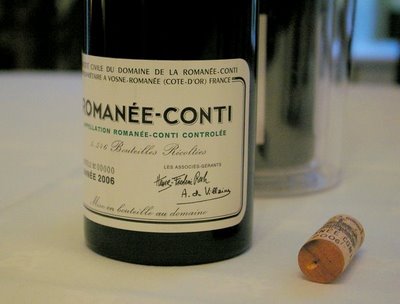
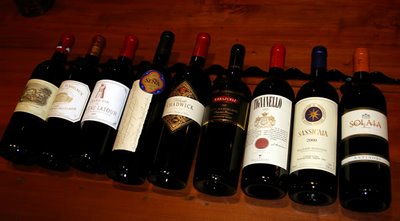
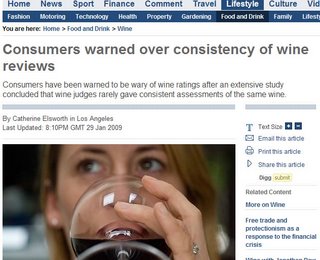
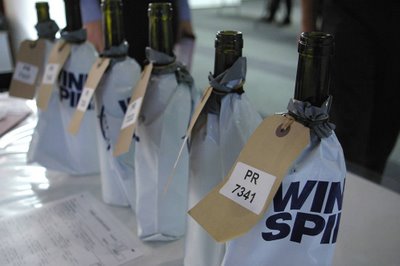
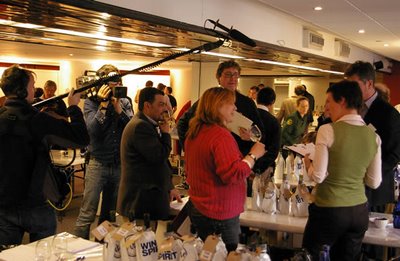
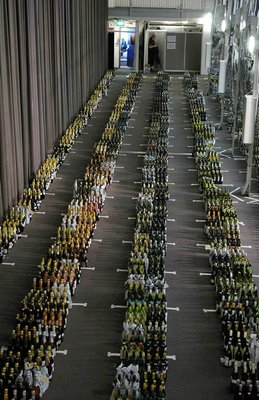
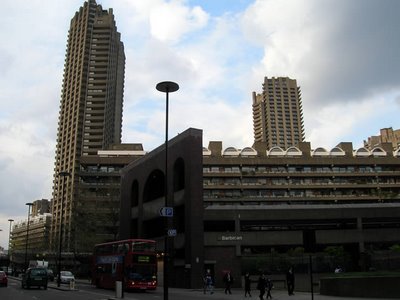
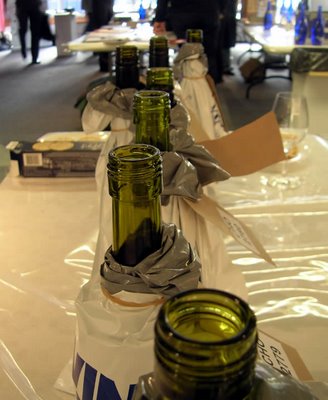
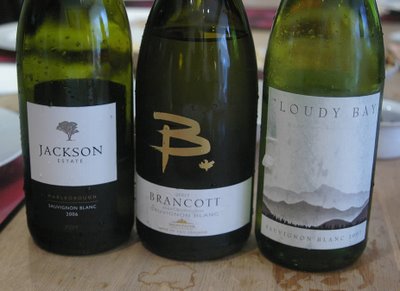
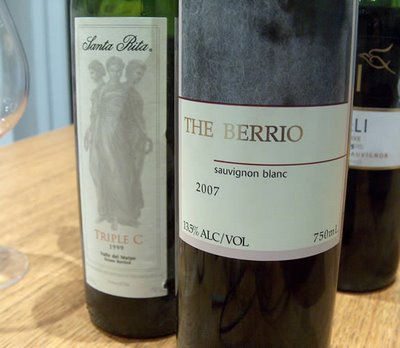

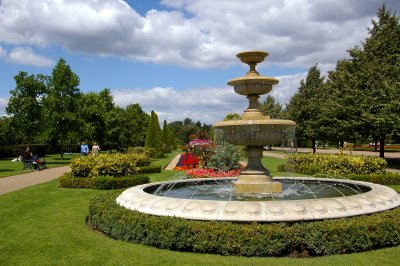

 The web log of wine journalist Jamie Goode. Feel free to nose around; your comments are welcome
The web log of wine journalist Jamie Goode. Feel free to nose around; your comments are welcome 
